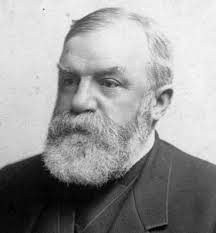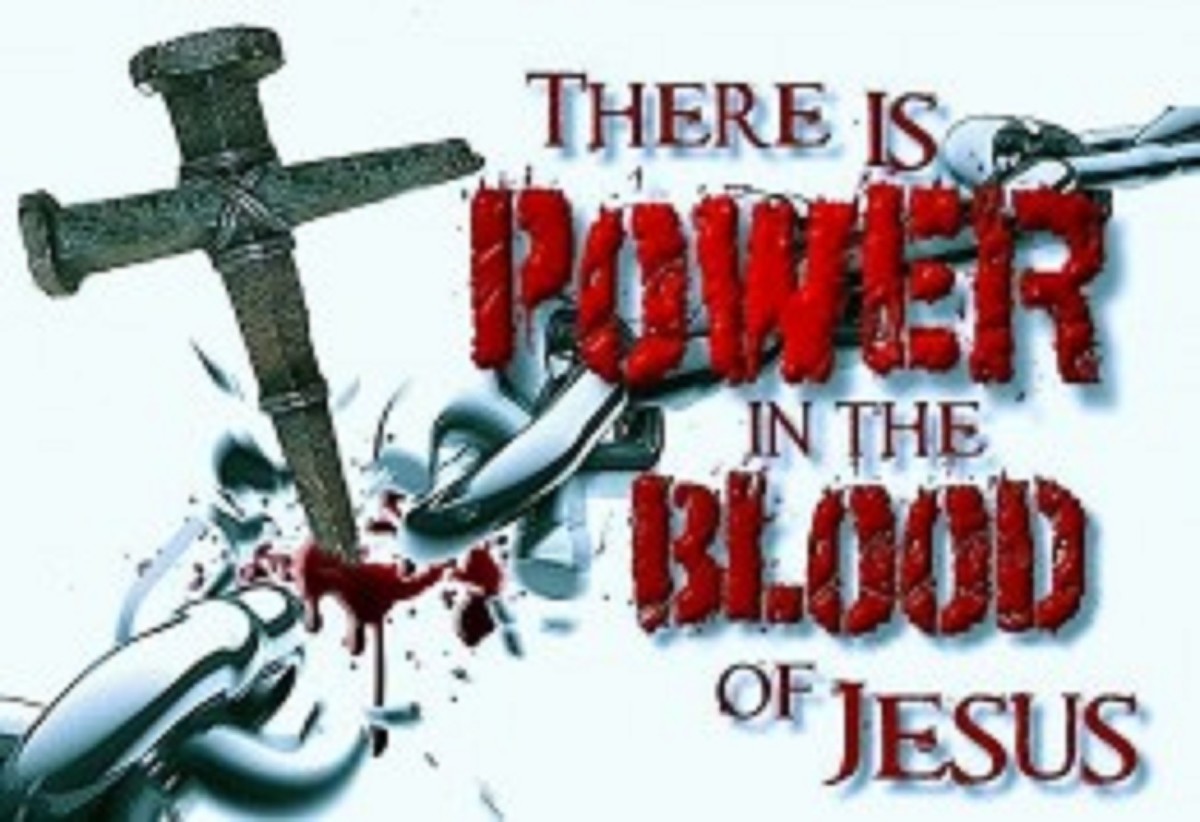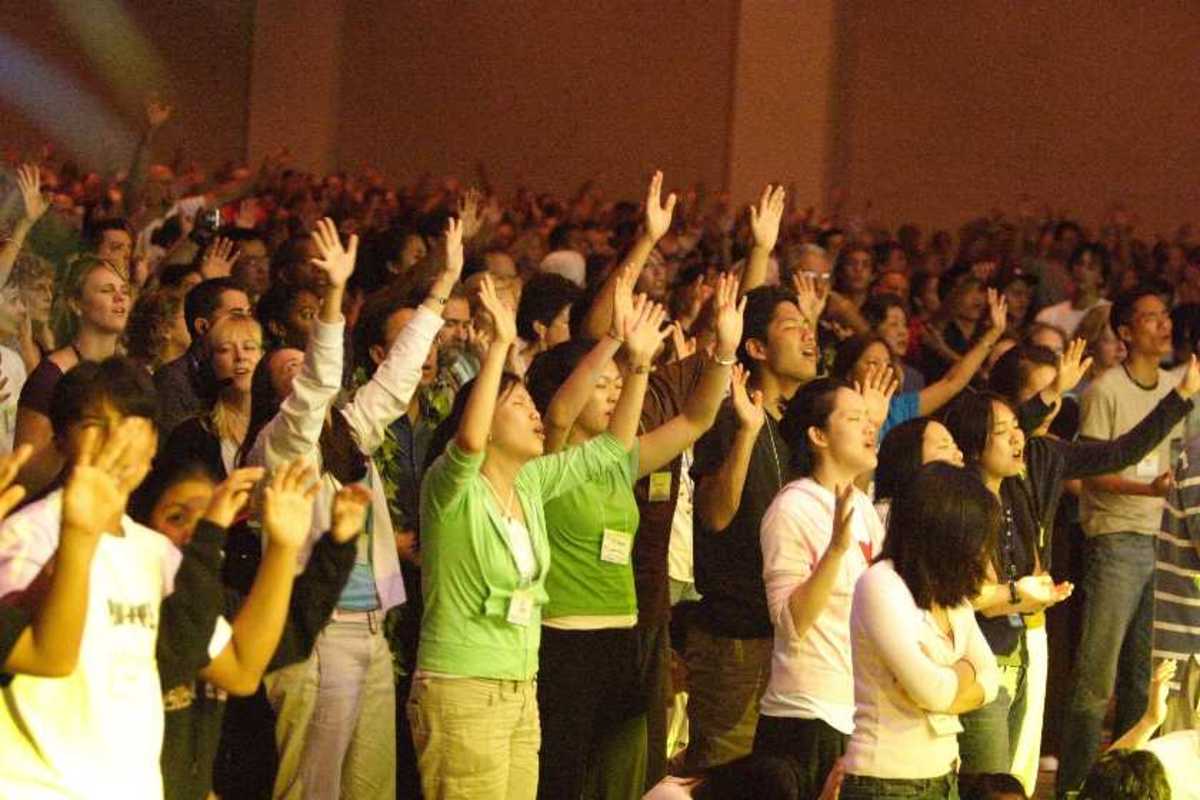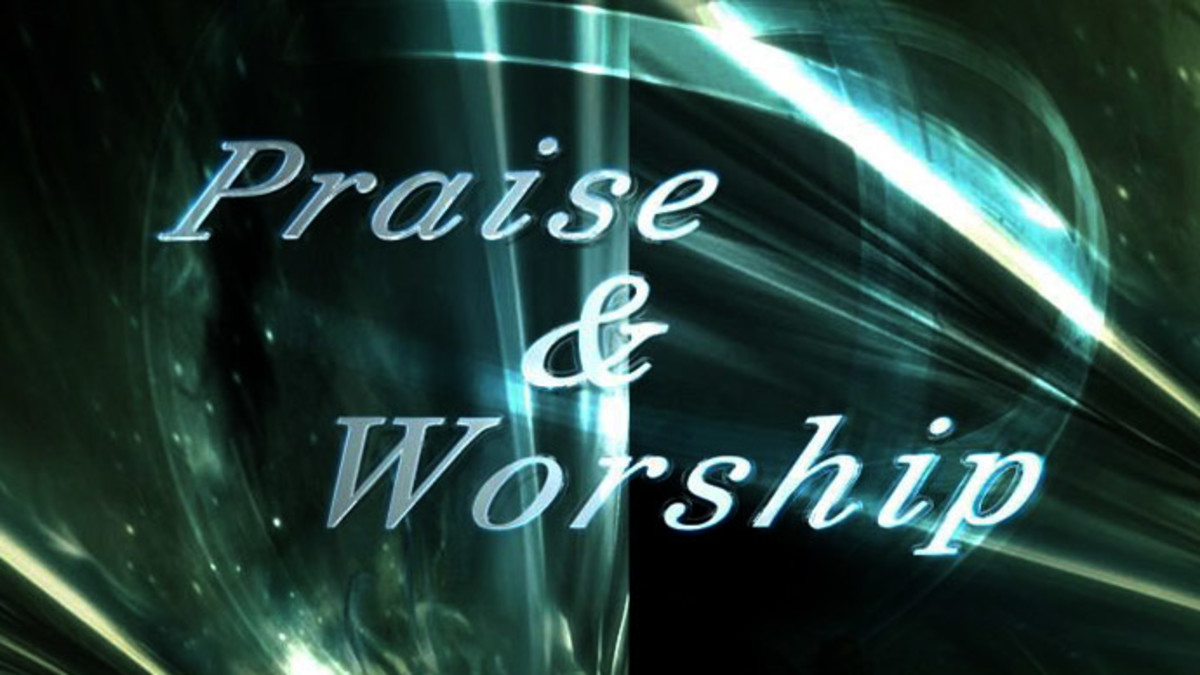Is Revival Still Possible in America?


There have been many great revivals in the past. We think of the days of Finney and Moody – perhaps the Welsh Revival led by Evan Roberts in the early 1900s, and Duncan Campbell’s workings in the Hebrides Islands in 1949.
Brian H. Edwards, in his book, Revival: A People Saturated with God, lists no less than 57 revivals from 1150 to 1975. Revival is not something new. Revival, in its true essence is the normal Christian life being lived out on a day to day basis.
Revival can be worldwide, nationwide, town-wide, church-wide, or can affect only an individual. As individuals we have the choice to choose revival. If we want it, we can have it.

The First Revival
The first revival took place in the Garden of Eden. Adam and Eve were separated from God by their choice to sin. The loving mercy of God sought them and brought new life to the dead. Revival is simply that – new life. Jim Dykes defines revival as, ". . . a renewal of our experience with God that redeems what is past, reclaims us for the present, and rescues our future." Andrew Murray puts it this way - ". . . nothing less than a revolution, casting out the spirit of worldliness, making God's love triumph in the heart." R. A. Torrey says this of revival - ". . . a time when God visits His people, and, by the power of His Spirit imparts new life to them, and through them imparts life to sinners dead in trespasses and sins. New life from God - that is revival."
Peter Waldo and his rag tag band known as the Waldensians led Italy and parts of Europe to revival during the darkest period of history in the 1100’s.
Martin Luther stepped forward to usher in the Reformation. Through the centuries God used men like George Whitfield, and John Wesley. The great Baptist preacher, Charles Spurgeon lit the fires of revival in England in the 1860’s. Contagious movements of God were also taking place in Wales, Scotland, and Ireland during this time. God was using men in America like D. L. Moody and Charles Finney to call America back to Himself in the mid 1800’s.
America - Birthed in Revival
America herself was founded on the premise of revival. During the mid- 1700’s great revival broke out in the colonies. At the forefront of the movement was a man by the name of Jonathan Edwards. It was on July 8, 1741 that Edwards preached his famous sermon, Sinners in the Hands of an Angry God. Not far behind was David Brainerd bringing a sweeping revival to the Susquehannah Indians. Just a few decades later, still living in the light of revival, America was born.
After falling away from God, it was necessary for God to bring her back using the likes of Asahel Nettleton, Daniel Baker, and Finney, but it was the Fulton Street Prayer Revival of 1857 that would prove to be successful in calling a nation back to God. Consider the following description:
The Fulton Street Revival
The year was 1857. The place was New York City. The man was Jeremiah Lamphier. It was a time of national unrest much like that of today. Mr. Lamphier was led of God to start a prayer meeting focusing on the business men of New York City. Unemployment was rampant and God used those circumstances in part to call His church back to Himself.
The first noonday meeting was attended only by Mr. Lamphier for the first half hour, but he was then joined by a few others. In the weeks to follow, gradually at first, then like a landslide, many others came. On September 23, 1857 the attendance had increased to the point of forcing a relocation to the Fulton Street Church. At this point the meetings were held daily.
Soon the church was filled to capacity. The local news reports spurred other groups and other churches to do the same. The diverse meetings crossed social barriers to include everyone and anyone that wanted to draw close to Christ. Businesses soon closed over the noon hour to allow their workers to go to prayer meeting.
Soon the movement spread to other regions with the same effect. It has been estimated that over 10,000 people attended the services each day and that tens of thousands were converted each week. Its impact was felt across America for the next 50 years.
If God could do it then, give one reason why He cannot do it now.
Really- is there a single reason why God cannot do it again?
The Laodicean Age
I once was talking with a preacher about the possibility of revival in the 21st century American church. I was told God would not send revival because we are living in the Laodicean age. So how does that prove there can be no revival in the day in which we live? Let us look at the passage in question.
“And unto the angel of the church of the Laodiceans write; These things saith the Amen, the faithful and true witness, the beginning of the creation of God; I know thy works, that thou art neither cold nor hot: I would thou wert cold or hot. So then because thou art lukewarm, and neither cold nor hot, I will spue thee out of my mouth. Because thou sayest, I am rich, and increased with goods, and have need of nothing; and knowest not that thou art wretched, and miserable, and poor, and blind, and naked:” (Revelation 3:14-17)
It has commonly been taught that the seven churches of Revelation represent seven periods of church history. These periods are generally listed as follows:
- Ephesus – The Church Losing Its Love; Pentecost to 100 A.D.
- Smyrna – The Persecuted Church; 100 A.D.-313 A.D.
- Pergamum – The Worldly Church; 313 A.D. to 500 A.D.
- Thyatira – The Compromising Church; 500 A.D. to the early 1300’s
- Sardis – The Dead Church; early 1300’s to 1517 A.D.
- Philadelphia – The Faithful Church; 1517 A.D. to early 1900’s
- Laodicea - The Lukewarm Church; Early 1900’s to Present
So through history we see the church losing her first love as persecution comes. The church turns worldly, and begins to compromise during the Dark Ages. This leads to the church becoming dead, yet a spurt of growth takes place between 1517 and the early 1900’s.
It is during this time in church history that we see a rise in mission activity as well as great revivals taking place. Unfortunately this period was short lived, and the church has fallen into the lukewarmness we know today.
Granted – this is to be the condition of the church when Jesus comes back, but we must look at the complete letter to the Laodiceans. Revelation 3:18-22 continues, “I counsel thee to buy of me gold tried in the fire, that thou mayest be rich; and white raiment, that thou mayest be clothed, and that the shame of thy nakedness do not appear; and anoint thine eyes with eyesalve, that thou mayest see. As many as I love, I rebuke and chasten: be zealous therefore, and repent. Behold, I stand at the door, and knock: if any man hear my voice, and open the door, I will come in to him, and will sup with him, and he with me. To him that overcometh will I grant to sit with me in my throne, even as I also overcame, and am set down with my Father in his throne. He that hath an ear, let him hear what the Spirit saith unto the churches.”
What lessons can we take away from this? Yes, the church may be lukewarm, but we are encouraged to buy gold from the fire, and to put on white raiment. We are to anoint our eyes with eye salve that we might see. Jesus is waiting at the door of the Laodicean church asking permission to enter. This is not a hopeless situation at all. Jesus Himself is the answer.
It is He from whom we buy the gold. He is the provider of the white raiment and eye salve – and He stands knocking, waiting for us to open the door.
In this Age of Laodicea we see individual churches resembling the Ephesus church, the Pergamum church, the church at Smyrna – why not the church at Philadelphia? We only need to open the door. Yes, we are in the last days. Yes, these are cold times we live in, but God is still on the throne.Revival is up to us. Seeking the presence of God is up to us.
You can not have it both ways. If you choose the revival road, it will cost you dearly. If we are to follow in Christ;s footsteps, you will suffer. You will necessarily carry your cross. It comes down to this - Is it worth it to hear, ". . . Well done, thou good and faithful servant. . . ."? What will you do?
Join us as we stand in the gap for Jesus - www.thegreatamericanfast.org








